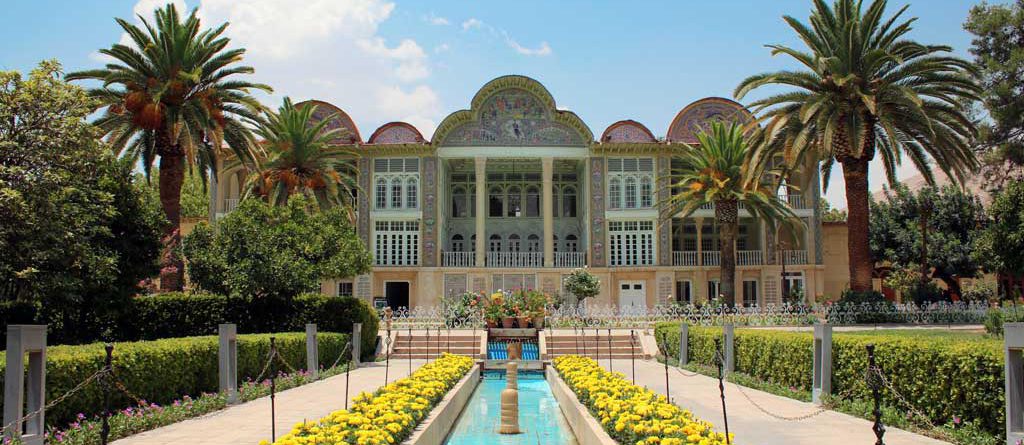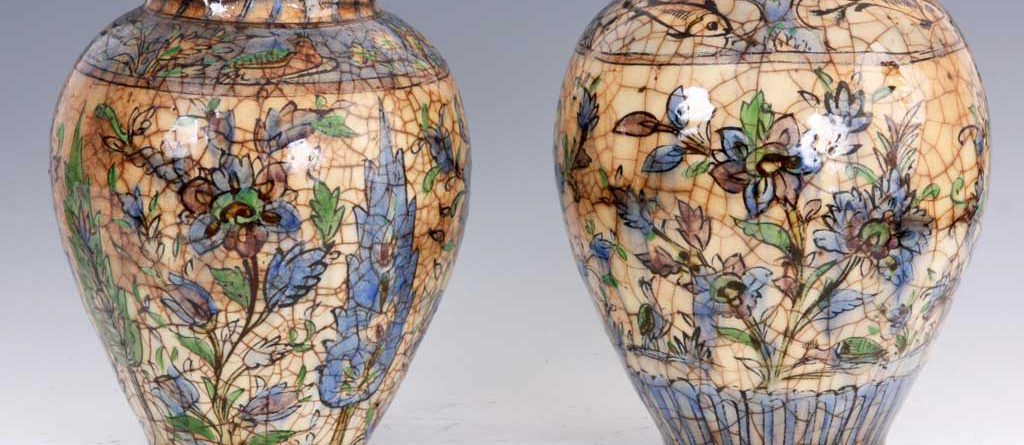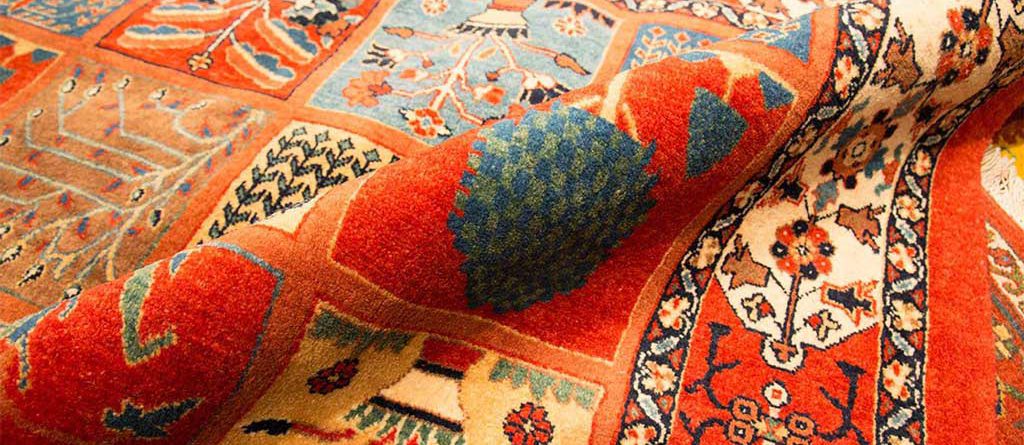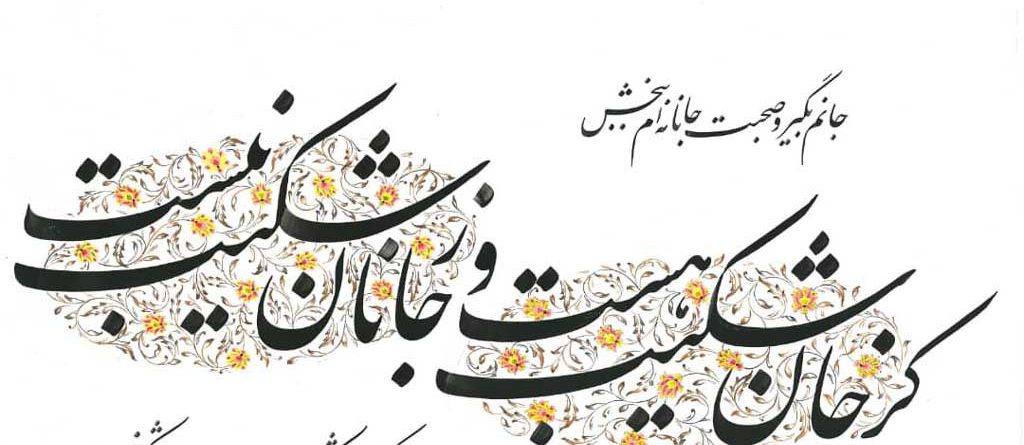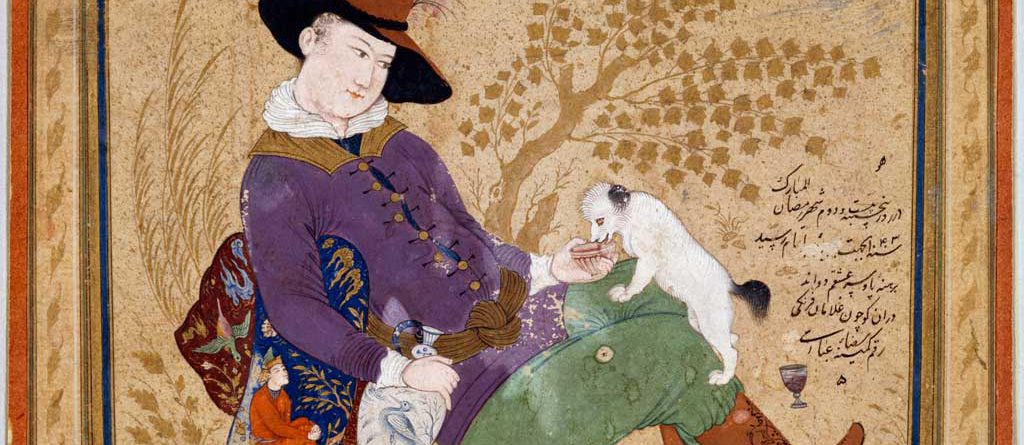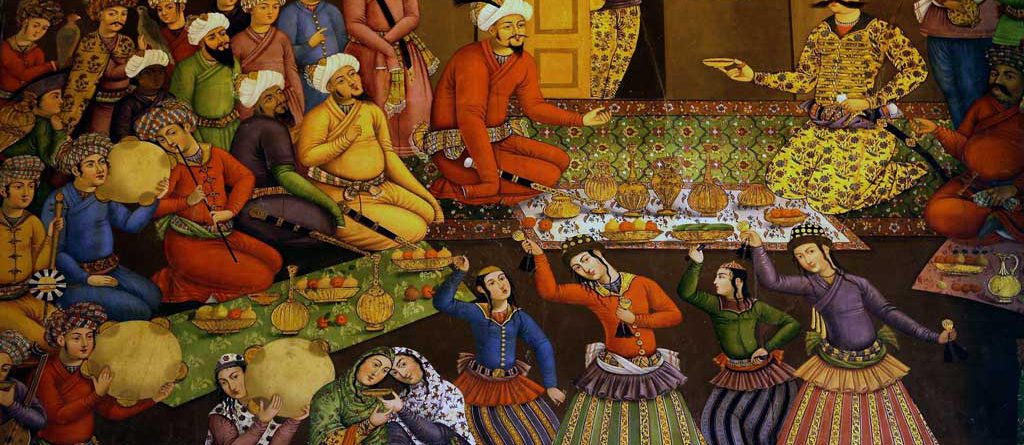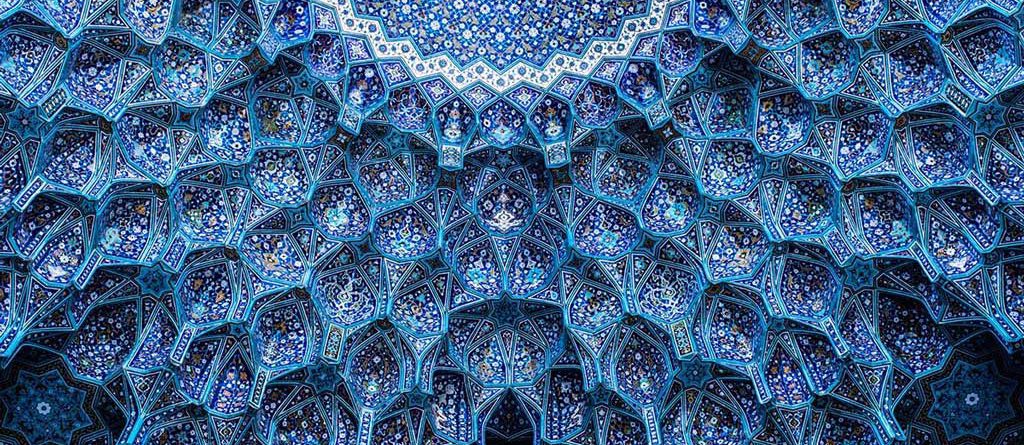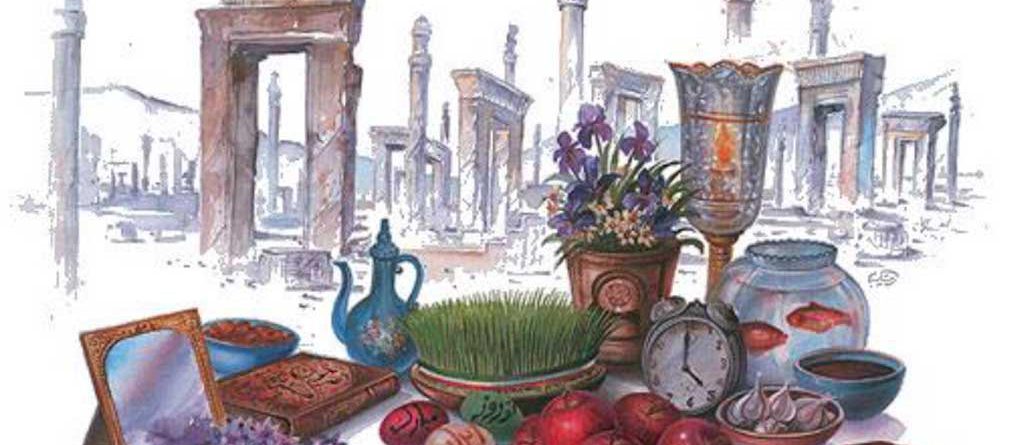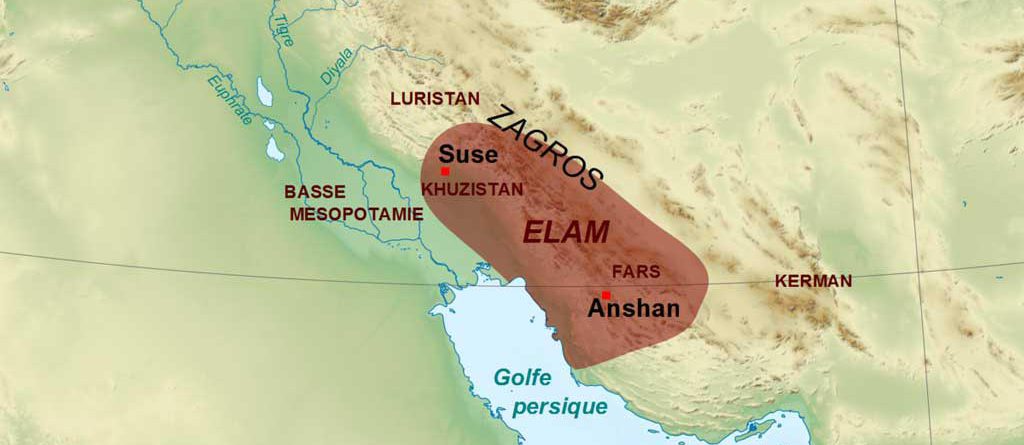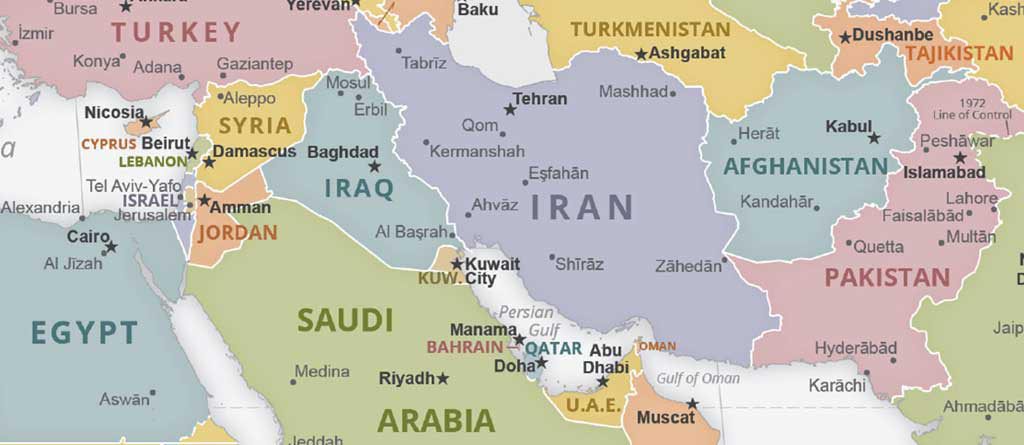Gardens & Music
Gardens Most historical gardens in Iran have a mythological background. In fact, the English word “paradise” derives from Old Persian Pardis (“a royal garden").The traditional Iranian garden is usually divided into four quarters by the intersection of two principal avenues. Noteworthy examples of this type are Hasht Behesht, Chehel Sotun in Esfahan, planted during the Safavid period, and Fin Garden in Kashan.The finest of the Safavid gardens was Hezar jarib, situated at the end of Chahar Bagh Avenue on the...


